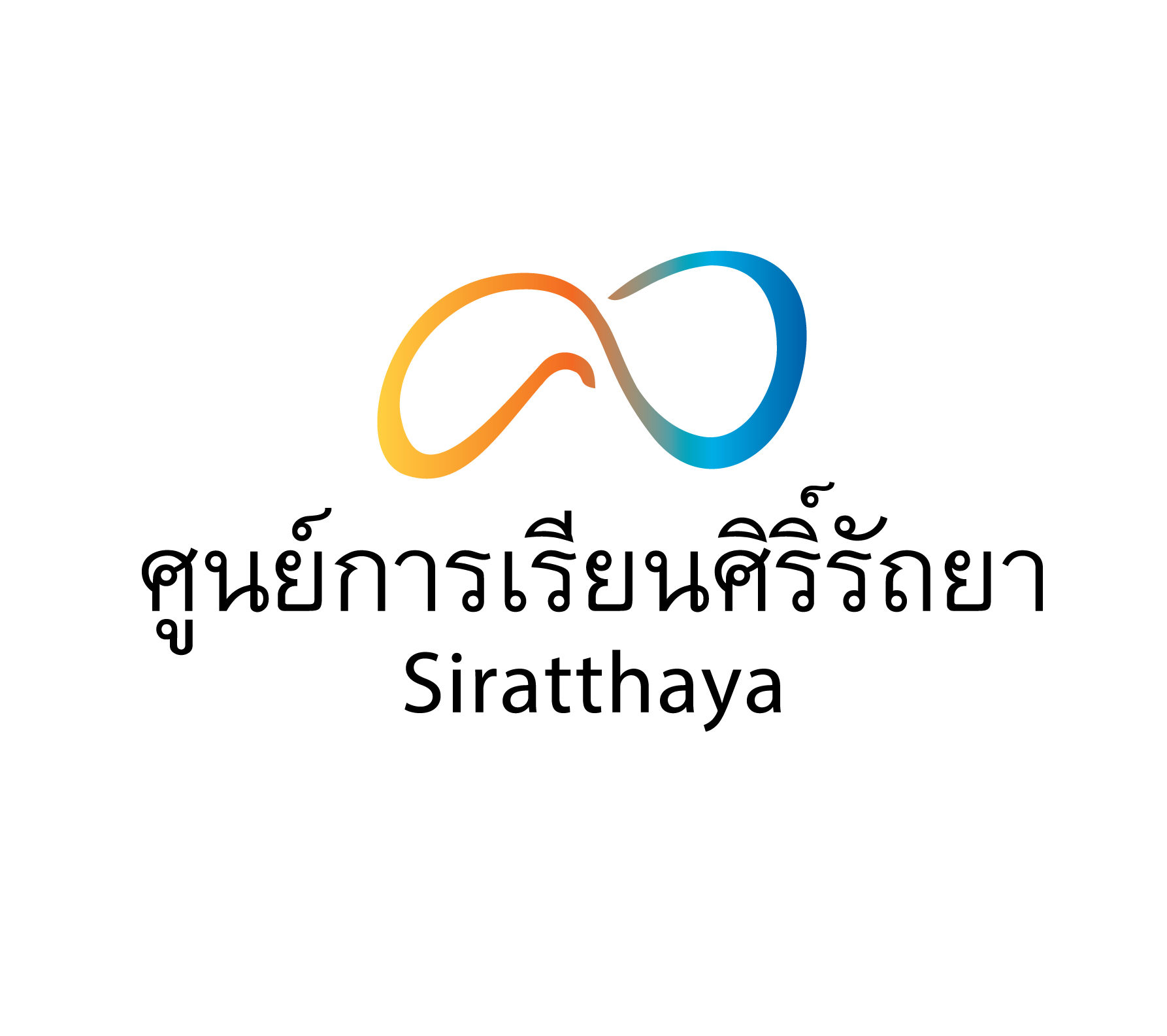Learning and Teaching in Kindergarten
In kindergarten class, the children in 1st – 3rd level are mixed in the same room by having a teacher, which we often call as “auntie” or “great auntie,” looks after them to enrich trust and feel warm like having caring relatives. The elder children will help look after the youngers. Vice versa, the younger children will imitate good examples from the elders.
The room atmosphere is in warm tone. Most toys are made of natural materials and no constant shape in order that children can use their fullest imagination while playing. Playing ranges from free-play in the room to outdoor activities which supports children’s development in interaction with others.
The caretaker introduces daily activities to the children. Activity transition is smoothly navigated via singing instead of commanding. In addition to the rhythmic activity, extra activities are also integrated such as making snacks, water coloring, baking breads, and hiking. Moreover, there are festival celebration rotating in the year. Rhythms of these activities help children to have good life-balance and to grow inner security that they can do it.
Children learn how to maintain their own and public assets, including to take care and to respect others.
Implanting goodness in kindergarten will be the fundamental of child development.
Learning and Teaching in Primary School Level
In primary school level, learning processes start from practice to intellectual understanding. Children will learn from real experience, engaging in a whole process of practice. Afterwards given knowledge will be crystalized and expressed in individual notebook; arts also permeate in many learning activities.
Languages start from pictures to alphabets. Children will learn foreign language with the same natural methods as in mother-tongue language by emulating from listening and speaking via songs, games, and fables before writing and reading in next levels.
Mathematics are introduced through movement, rhythm, calculation, and arts. Children practice thinking and it is also the way to develop morality. For instance, mathematics introduction do not start from theories or principles but starts from experiencing and feeling, by encouraging children to discover it by themselves and ends up with combining and balancing to the principles.
Sciences begin at learning the story of nature, animals, plants, human being. In higher level, learning process focuses on learning through experiences before finding summary by themselves.
Handicraft: children gain experiences in making appliances and toys by their hands, starting from being primary material until finishing completed items—such as knitting wool, textile, and wood. These works will help develop fingers’ agility and bring strength to limbs.
History and Epic introduce children images and stories from the past to acknowledge their own and human origin and to respect the legacy of ancestors which helps them understand the profound presence toward the meaningful future.
Geography brings children to outer world and the miracle in nature, develops awareness on natural value and responsibility for human and the world.
In music learning, children learn music in every level based on age’s suitability as music is an art which reaches the abyss of human mind and has influences in refining, fostering, uplifting, and embedding humanity in children.
Arts learning helps support and add other dimensions to main lessons, strengthens harmony in children development to create lively learning, blends thinking with feeling and aesthetics and sends to the heart and hands before to the brain. Arts which children will learning are molding, water coloring, drawing, singing, and instrument playing.
